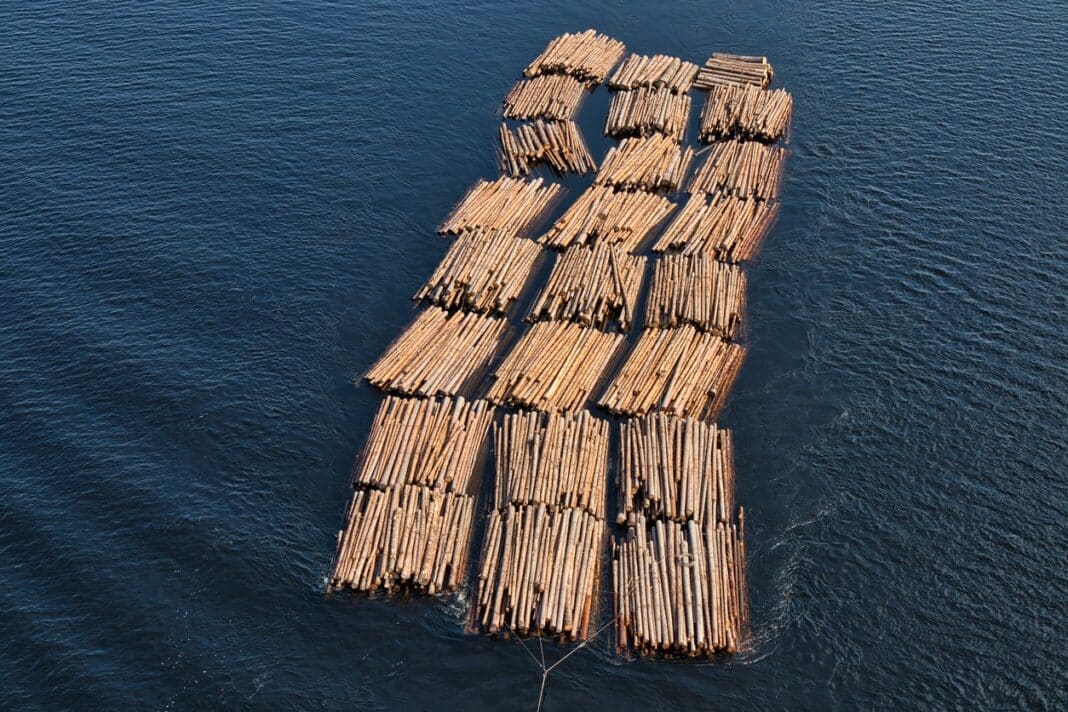When Russia invaded Ukraine, sanctions swiftly followed, including a total ban on Russian timber imports into the EU and other Western countries. The sanctions have led to a global shortage of timber right across Europe – with Finland amongst the countries most impacted by the conflict.
Before Russia’s full-scale invasion of Ukraine, Wood Central reports that Finland imported about 7–10% of the raw wood used in the processing industry from Russia. In southeastern Finland, the share of Russian wood used by mills was much higher.
Stora Enso and Metsa Wood were amongst a raft of Western Companies that relied heavily on the Russian market for feedstock, with Stora Enso’s decision to close its Sunila pulp mill in Kotka related to the import ban on raw Russian logs.
According to Dr Ali Harlin, a research professor at the VTT Technical Research Centre of Finland, the availability of wood is an emerging problem across Finnish supply chains.
“You can send a thank-you note for that to the Kremlin. We have drifted into a situation where we have a significant shortage of wood, above all in southeast Finland,” Dr Harlin told the Finnish publication YLE.
The Finnish forest industry faces a significant transformation spurred by a need for more materials.
“The availability of wood as a raw material is becoming increasingly challenging and limited,” Dr Harlin points out.
He said that in addition to the Russian import ban, “the growing use of wood in the form of wood chips and pallets used in biofuel has resulted in mill shortages.”
Competition for wood is increasing, with biomass and biofuels embraced by carbon-intensive industries looking to decarbonise.
On the other hand, increased forest harvesting is difficult due to the EU’s carbon sink obligations. According to Dr Hailin, “the growth of forests has also declined in recent years and is unlikely to recover to its previous level.”
New products are coming…
The solution to the raw material shortages, according to Dr Halin, is to increase the value of the forest industry’s end products.
“Creating added value by increasing volume is no longer possible as with the previous model. Instead, more added value must be created from the same amount of raw materials.”
And he said that financial signals are already visible.
Investment in new product development has multiplied during the 2020s, with Dr Halin optimistic that “projects are now being actively advanced to the trial phase.”
Is Lignin an option for value-added products?
Dr Halin points to Lignin as an option for innovation and development.
Lignin, which makes up 20 to 30% of the wood composite, has traditionally been discarded as waste by the pulp and paper industries. However, times are changing, and the Finns want to add value where possible.
According to Dr Halin, they are using Lignin to develop highly processed, high-value products made into fine carbon powder for lithium-ion batteries.

And despite Stora Enso closing its Sunila Mill, a pilot plant for the carbon product will continue in operation.
According to Satu Härkönen, Stora Enso’s head of communications, the company is also looking for Lignin applications.
“We have developed, for example, lignin-based glue, with the entire product being bio-based. In addition, we have tested using Lignin as a substitute for bitumen, for example, in making asphalt.”
And this is just the start, with Dr Harlin advising that Finnish companies have “more than a dozen promising products” in the pipeline.
“There are, for example, new textile fibres made from cellulose, biocarbon-based materials such as carbon fibre and new packaging materials.”
Substitutes for Wood Fibre
In addition, Wood Central reports that many companies are now looking for sources of materials to replace wood fibres.
Fiber-X-Finland, for example, is testing new fibre sources for pulp production.
According to Mikko Ruuska, CEO, there is a demand for testing, with most of it coming from outside Finland.

biochemicals from agricultural waste fibres and industrial side streams. (Photo Credit: Supplied)
He said there is a “clear world demand for products made from alternative materials,” which include waste or post-consumer products.
Mr Russka said there is a huge demand for international fast fashion giants who want to make clothes from waste materials.
For example, this has created a market where waste fibres are obtained from agricultural sources such as straw and hemp.
“There is a lot of field waste in the world after the growing season, which is burned,” Ruuska said.
“This can be used to make pulp, which can be used to make clothes, for example.”
Fashion increasingly considers agricultural and wood-based industries a greener alternative to carbon-intensive materials.
Last month, Wood Central reported that A-Lister Leonardo DiCaprio is among investors in a start-up using FSC-certified woody biomass to produce a carbon-negative alternative to petroleum-based carbon black.
Natural dye specialist Jane Palmer founded the Biochemical company Natural Coating with its flagship product, BioBlack TX, already counting Kering and Levi’s as customers.
The wood waste is sourced from eucalyptus and beech wood from FSC-certified forests in Central Europe.
Using Biochar technology, it uses waste from forests as a feedstock.
The wood is then turned into a pulp and spun into a soft, breathable fibre.






